Eight sources of iron to include in your diet
A run down of the top sources of iron you should be eating for good health and immunity
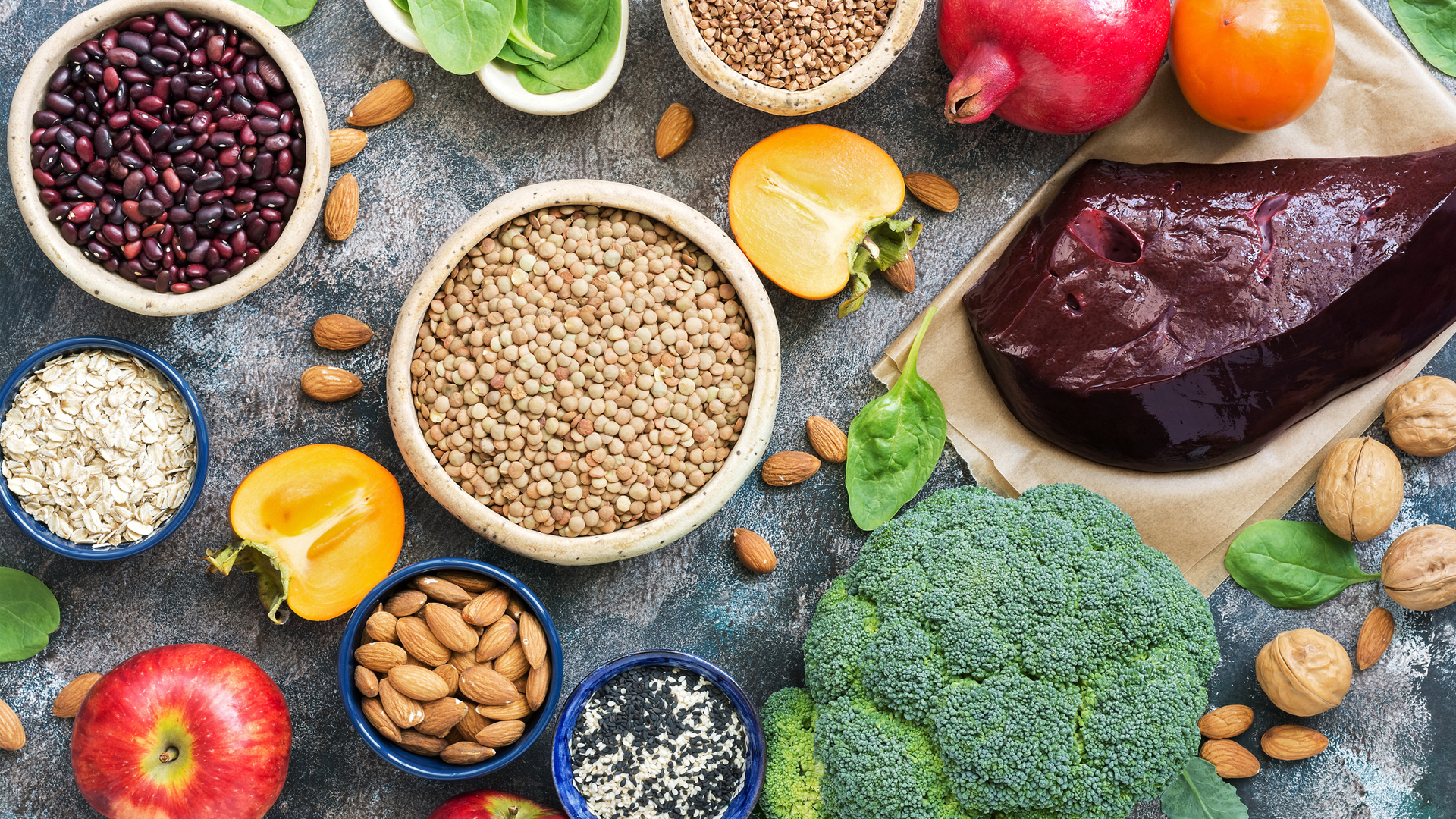
If you want to avoid feeling fatigued, making sure you include lots of sources of iron in your diet is really important. This is because iron is a vital mineral that the body needs to make hemoglobin, a type of protein in red blood cells that transports oxygen from your lungs into the rest of your body. Without enough iron, we can’t make enough red blood cells to transport oxygen, which leads to health problems and symptoms like extreme tiredness.
Women are more prone to iron-deficiency anemia due to blood loss during periods, and may want to consider supplementation as a result. There are also a few tweaks you can make to your diet to help absorption, such as consuming the iron with a source of vitamin C. Have a look at our guide to which vitamins boost your immune system for more information about how Vitamin C can help your health
“The absorption of iron depends very much on the health of the digestive tract,” adds Dr Margarita Kitova-John, a GP, functional medicine doctor and founder of Lantern Clinic. “It starts in the stomach and predominantly takes place in the small intestine. The adequate secretion of hydrochloric acid in the stomach is essential for the initiation of the digestive process of proteins and fats, as well as the activation of Iron.”
Dr. Jenny Williams, a GP and lead clinical operations manager at Thriva, also adds: “A lack of iron can lead to iron-deficiency anemia, which might cause tiredness, heart palpitations, and shortness of breath. The good news is you can give your body enough iron by eating the right foods.”
Here, the two experts give us their favorite iron-rich foods and explain why it’s so important that you’re eating enough. For healthy meal inspiration, check out our easy Mediterranean diet meal plan or our 7-day plant-based diet meal plan.

Dr Margarita Kitova-John is an NHS GP and functional medicine practitioner, specializing in Women's health, Gut Health and auto-immune conditions. She qualified at the Medical University in Sofia, Bulgaria in 2004 and entered general practice in 2011.
1. Beans and pulses
Beans and pulses are great plant-based sources of iron that tend to also be high in protein and other vitamins and minerals, making them a great base for a meal. Canned beans and dried beans also have a long shelf life, so they can be a convenient and nutritionally-dense option on a busy day when you have nothing in the house.
“Baked beans contain lots of iron,” says Dr. Williams. “Like other pulses, they’re a great source of iron and protein but contain less fat than meat. One 200 g can of baked beans contains 2.8 mg of iron. That’s 19% of your daily iron if you’re a 30-year-old woman and 19% if you’re a man.”
Red kidney beans are particularly rich, containing 6.58 mg of iron per 100 g. Black beans have 5.34 mg per 100 g, and pinto beans come in at 5.4 mg.
“Kidney beans are great in chili con carne and soups and flour of garbanzo beans can be used as gluten-free flour,” adds Dr. Kitova-John.
Have a look at our guide to the vegan diet plan for beginners for some bean-based meal inspiration.
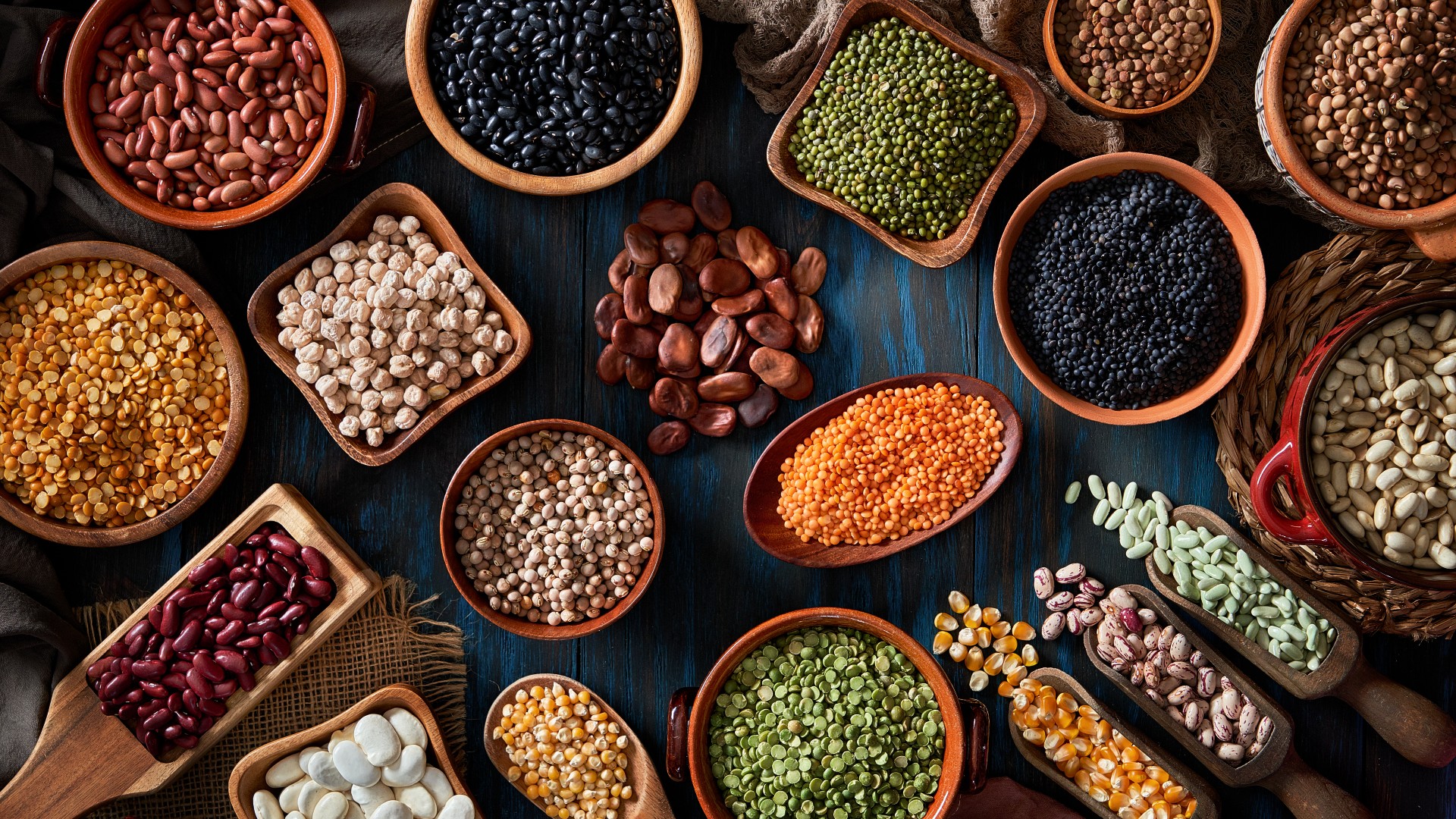
2. Red meat
Red meat is probably what people first associate with iron, and it is a rich source of haem-iron (the type of iron we get from animal sources our bodies more easily digest).
Beef steak contains 3.5 mg of iron per 100 g, while lamb has 1.55 mg per 100 g. However, research has shown that eating lots of red meat isn’t so beneficial for our health, with a study in the Journal of Internal Medicine showing that reducing your consumption of red meat can help to reduce your risk of cardiovascular disease and increase longevity.
“Red meat, like beef, is a good source of iron when eaten as part of a healthy diet,” says Dr Williams. “One 70 g serving contains 2.5 mg of iron. But you should avoid eating more than 350 g of red meat per week. Red meat, especially processed meat like bacon and salami, is linked to bowel cancer. You should try to avoid eating processed meats altogether. Meat and fish contain heme iron, which your body absorbs more easily than iron in plant-based foods.”

Dr Jenny Williams, MBBS, MRCP, MRCGP, Dip BSLM/IBLM, studied medicine at Newcastle University before undertaking training in internal medicine and general practice. She works as a GP in London and enjoys using an evidence-based approach to lifestyle medicine, having completed the International Diploma in Lifestyle Medicine.
3. Liver
While not to everyone’s taste, liver contains large amounts of haem-iron, which makes it a great option to supplement your diet if you have iron-deficiency anemia. Goose liver can provide 30.5 mg per 100 g, chicken liver contains 8.99 mg and veal liver around 6.4mg.
Dr. Kitova-John explains that you don’t have to eat liver as a dish if you don’t want to, and that it can be supplemented into other dishes. “The liver contains a high amount of iron. It can be eaten as a pate or frozen and grated as a powder in soups and stews.”
- Read more: Seven sources of B12
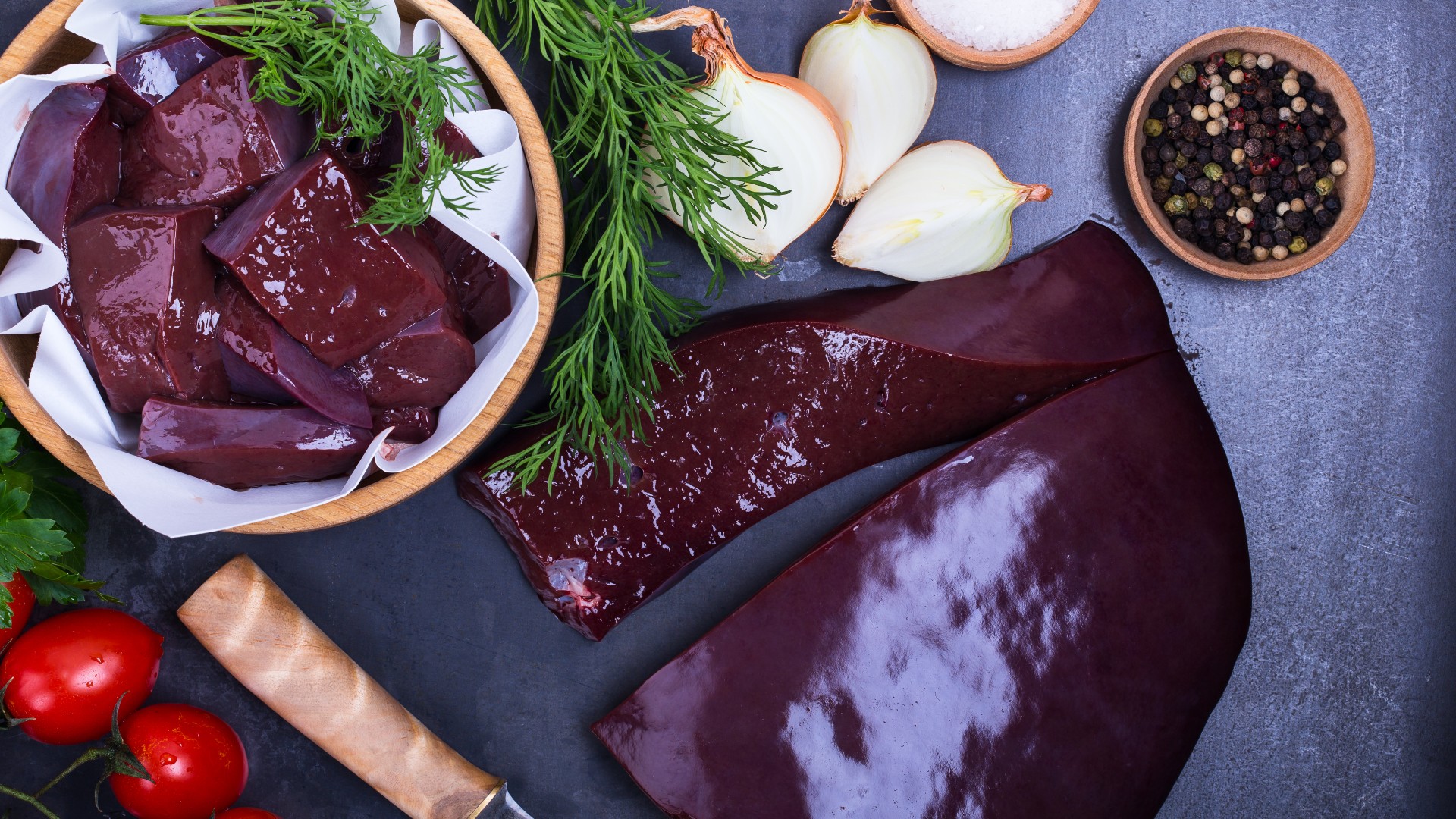
4. Dried fruit
Dried fruit can be an excellent source of iron and is also rich in vitamin C, making them a great option to eat for easy iron absorption.
“Dried fruit like raisins, apricots, figs and prunes contain lots of iron — just a small amount of it can boost your intake,” Dr Williams tells LiveScience. “But dried fruit contains lots of sugar, so try not to eat too much. One portion of your five-a-day is around 30 g or 1 tbsp.”
5. Dark green vegetables
Dr. Williams tells us: “Dark green leafy vegetables like kale, spinach, and watercress are great sources of iron. Try adding them to meals as an ingredient or side dish to boost the amount of iron you’re eating.”
Dark green vegetables are also a great source of vitamin C, as well as iron, which is needed for the proper absorption of iron. Although they aren’t the richest dietary source of iron on their own, dark green vegetables tend to be very nutritionally dense and their vitamin C content makes it easier for our bodies to absorb the iron they contain.
Dr. Kitova-John mentions that as a plant-based source, spinach is a great option for an iron-rich base, particularly when combined with other sources of iron.
“Although usually portrayed as the richest source of iron, spinach is actually a good source but not the best source. When compared with red meat, it contains almost the same amount: 100 g of spinach contains 2.7 mg of iron versus 2.6 mg found in 100 g of meat.”
- Related: Which foods boost the immune system?
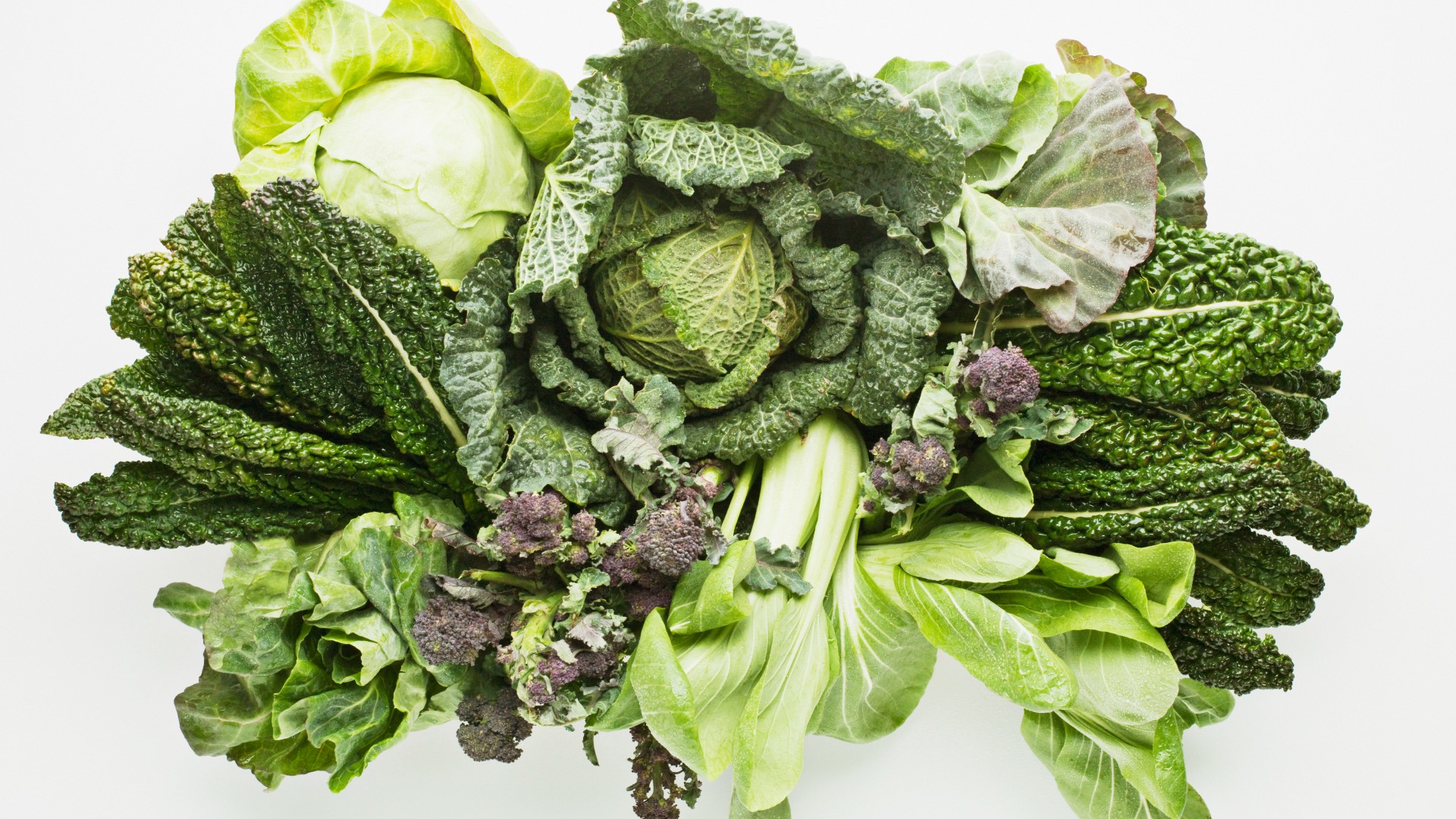
6. Eggs
Whole chicken eggs contain 1.67 mg of iron per 100 g and are nutritionally rich in other vitamins and minerals, making them a good option for a snack or the protein element of a meal, particularly for vegetarians who may not want to eat other animal-sources of iron.
“They also contain protein, vitamin A, vitamin D, vitamin B12 and folate,” adds Dr. Williams. “Your body absorbs iron from animal products like meat and eggs more easily than from plant-based foods. So eggs are a useful way of increasing your iron intake if you choose not to eat meat.”
7. Fish
Fish are powerhouses of lean protein and also provide important fatty acids that can help to support health and brain function. They are also an excellent source of iron, with mackerel containing 1.63 mg of iron per 100 g, tuna 1.02 mg per 100 g and salmon providing 0.25 mg per 100 g.
Dr Williams explains that salmon is great because it is an oily fish, which means it contains a lot of other nutrients as well as iron. “Salmon is a good source of iron. So are other fish, like prawns, mackerel, haddock and tuna. Salmon is also an oily fish. Oily fish are a good source of omega-3, a family of fats that help keep your body healthy.”
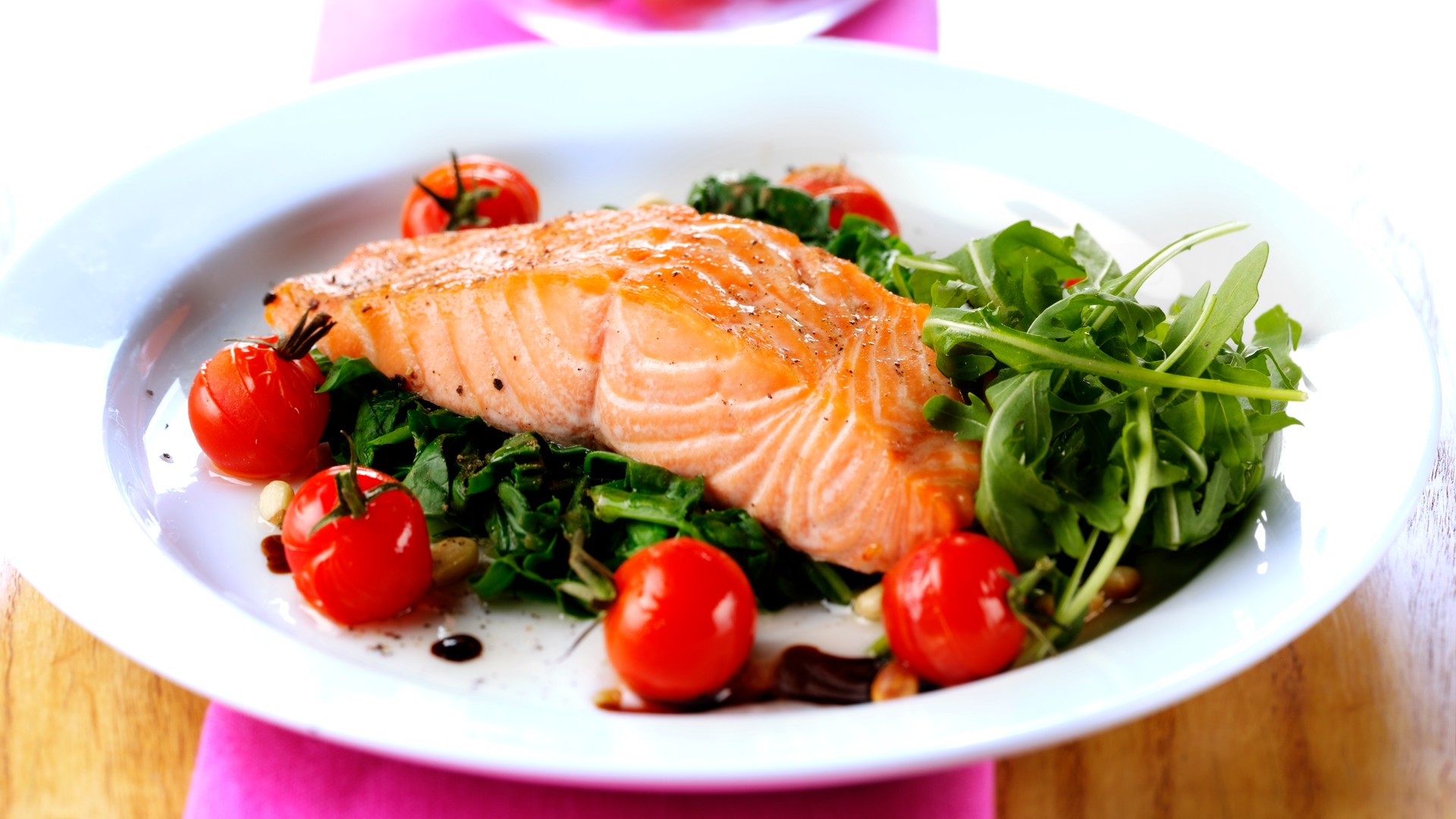
8. Nuts and Seeds
Nuts and seeds are a great source of iron, as well as being rich in protein and other nutrients. Cashews contain 6.68 mg of iron per 100 g, pistachios have 3.92 mg per 100 g and pecans give us 2.53 mg per 100 g. You can also consume nuts as nut butter, which makes it even easier to get your daily iron requirements.
“Peanuts are full of iron and protein,” explains Dr Williams. “They also contain important vitamins and minerals like vitamin E and magnesium. Try to choose a peanut butter that has as little added salt or sugar as possible. Tree nuts have lots of iron too, like: hazelnuts, almonds, brazil nuts, cashews and pistachios.”
Seeds are also great for snacking on for an iron boost. “Pumpkin seeds are rich in other vitamins and minerals, as well as iron,” says Dr. Kitova-John.
“Like nuts, seeds are a good source of iron. They’re easy to add to food you already eat too — you can sprinkle them on food like yogurts, smoothies and salads. Or you can eat them as a snack. Just a tablespoon can boost your iron intake.”
- Read more: Eight magnesium-rich foods
Sign up for the Live Science daily newsletter now
Get the world’s most fascinating discoveries delivered straight to your inbox.

Lou Mudge is a health writer based in Bath, United Kingdom for Future PLC. She holds an undergraduate degree in creative writing from Bath Spa University, and her work has appeared in Live Science, Tom's Guide, Fit & Well, Coach, T3, and Tech Radar, among others. She regularly writes about health and fitness-related topics such as air quality, gut health, diet and nutrition and the impacts these things have on our lives.
She has worked for the University of Bath on a chemistry research project and produced a short book in collaboration with the department of education at Bath Spa University.










